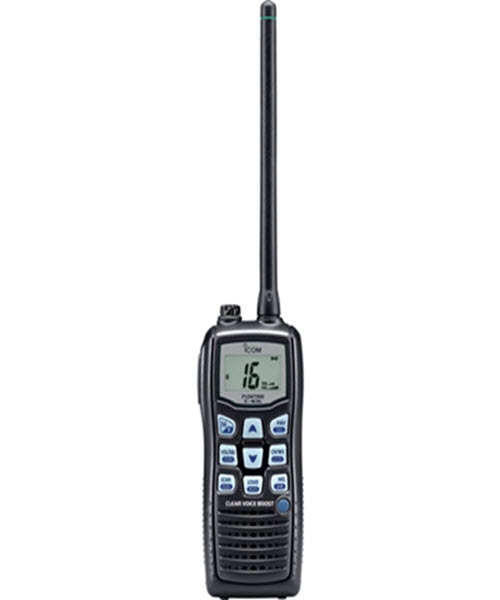Many owners and companies will often be confused through the terminology and the explanations given them by a alarm system representative. Sometimes what's recommended can be a good system, but it are often past the budget of what many owners or businesses have enough money or need to pay.
The objective of this post is two-fold: first, to explain the basic system and terms most generally in use today, and secondly, to produce clear there are various numbers of protection accessible that can translate into different investments with higher or lower levels of overall protection to the house.
The standard electronic alarm system today is comprised of the subsequent elements:
Control panel which processes the signals from the sensors, powers the sensors which require power, dials the monitoring central station to report alarms or events, powers the audible or visual devices, for example sirens and strobes, and offers battery back-up in the event of AC power loss.
Sensors, like door/window sensors that want no power, a multitude of motion detectors, including PIRs' or "dual" type detectors, glassbreak sensors, hold-up or panic switches, environmental sensors, for example water, CO2, or temperature, and naturally, fire and also heat detectors.
The audible and quite often visual devices which can be put into the attic or under eaves in addition to within the dwelling.

The wire to get in touch the sensors and devices on the central cp, or perhaps most all cases today, the application of wireless transmitter sensors to some receiver often incorporated into the control panel very few wires are needed (the AC transformer and phone line still need be "hard wired").
The labor and programming to make the pieces all come together.
The highest amount of security--and naturally one which will definitely cost the most--is full "perimeter" protection plus motion detector backup. What does this mean? It implies every exterior window and door (a minimum of on the ground floor) includes a magnetic switch, either recessed or surface mount so that the alarm will go off ahead of the intruder gets in the house. Additionally, it means placing some form of glassbreak detectors in a choice of each room that has glass or on each window itself so that, again, the alarm would set off before the intruder gets in.
If furthermore, motion detectors are strategically placed so that within the unlikely event a thief would somehow defeat a protected perimeter entry point, and also gain entry in the premises, however now face devices that are for motion by typically measuring the background temperature of your room contrary to the temperature of the intruder (grounds for "passive infrared technology" or PIR; that is essentially some type of specialized camera searching for rapid changes in temperatures measured against an identification temperature).
These more complete type systems may also be typically monitored by way of a central station for any monthly monitoring fee. Lastly, for those worried about possible line cuts (company, 99% of most alarms systems which can be monitored by a central station takes place phone line that is certainly often exposed along the side of your home or building) there are a number of backup services available, from cellular to long range wireless to TCP/IP modules for the Internet with a special receiver in the central station.
For more information about may bo dam go to see our resource.